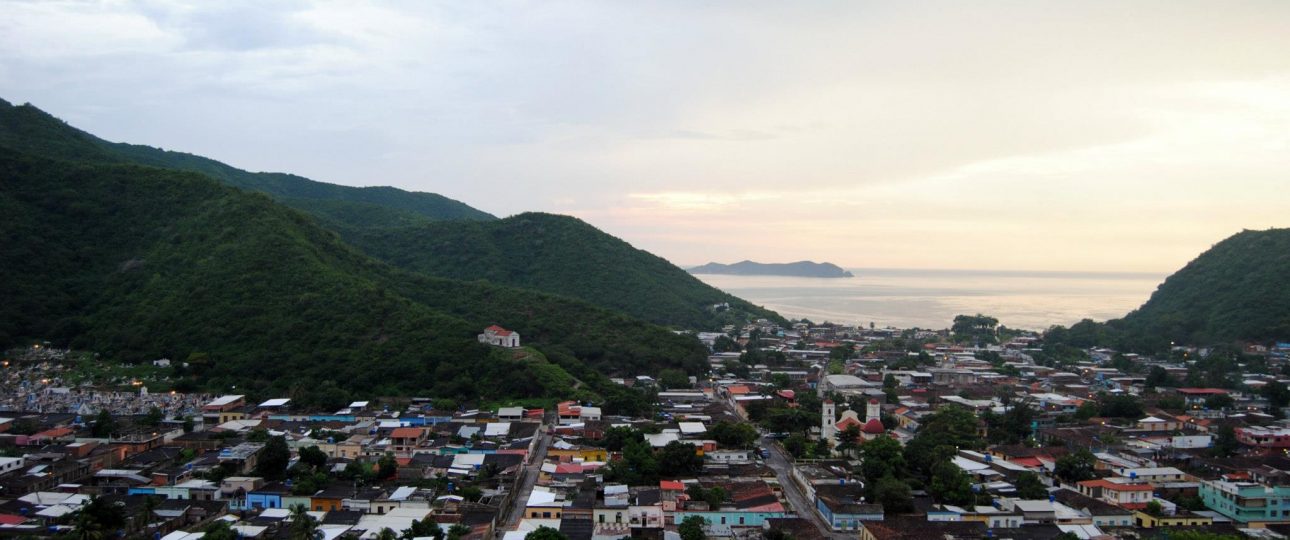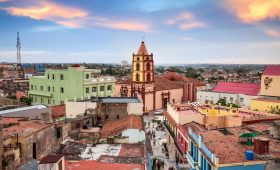Discovering Rio Caribe, Venezuela
The Allure of Rio Caribe
Rio Caribe, located on Venezuela’s eastern coast, is a small town that offers a unique blend of natural beauty and cultural richness. Founded in 1713 as San Miguel de Río Caribe, it was the second Spanish settlement in Sucre State. The town’s history is reflected in its colorful colonial architecture and the warm hospitality of its residents. Unlike more commercialized destinations, Rio Caribe retains an authentic charm, making it an ideal spot for travelers seeking a genuine experience.
Natural Attractions
Rio Caribe is a gateway to some of Venezuela’s most stunning beaches. Playa Medina and Playa Pui Pui are renowned for their pristine sands and clear waters, perfect for sunbathing and swimming. While these beaches offer a tranquil escape, they also provide opportunities for snorkeling and other water activities.
For those interested in exploring the region’s biodiversity, Paria National Park is nearby. This park is home to a variety of flora and fauna, including rare orchids and vibrant bird species. Hiking through its lush rainforests can lead you to hidden waterfalls and natural swimming pools, offering a refreshing break from the tropical heat.
Cultural Experiences
Rio Caribe’s cultural heritage is deeply influenced by its Afro-Venezuelan roots. The town is famous for its lively festivals, such as the El Callao Festival, where traditional drumming and dance fill the streets with energy and color. The local cuisine is another highlight, featuring seafood dishes like cazón empanadas and pargo rojo. Don’t miss the chance to taste chocolate made from the region’s renowned cacao farms, particularly from Hacienda Agua Santa, known for producing some of the country’s finest cocoa beans.
When to Visit
The ideal time to visit Rio Caribe is during the dry season, from December to April, when the weather is pleasant for outdoor activities. However, this is also the peak tourist season, so expect more visitors and higher prices. For a quieter experience, consider traveling during the shoulder seasons of May to July or September to November.
Getting There and Around
Traveling to Rio Caribe involves a bit of planning. The nearest major airport is Caracas International Airport. From there, you can take a domestic flight to Barcelona Airport, which is about an hour’s drive from Rio Caribe. Alternatively, bus services from Caracas offer a more budget-friendly option.
Once in Rio Caribe, taxis are the primary mode of transportation and are reasonably priced. For a more adventurous way to explore the town, consider renting a bicycle or scooter.
Additional Insights
Rio Caribe is not just about beaches and culture; it also has a thriving fishing industry and is known for its commercial and banking facilities. The town’s port supports both national and international shipping, contributing to its economic vitality. Additionally, the region is rich in natural resources, including natural gas and light petroleum reserves located offshore.
While Rio Caribe offers a wealth of experiences, it’s important to be mindful of the region’s economic and political challenges, which can affect travel plans. Always check current travel advisories and plan accordingly to ensure a safe and enjoyable visit.




